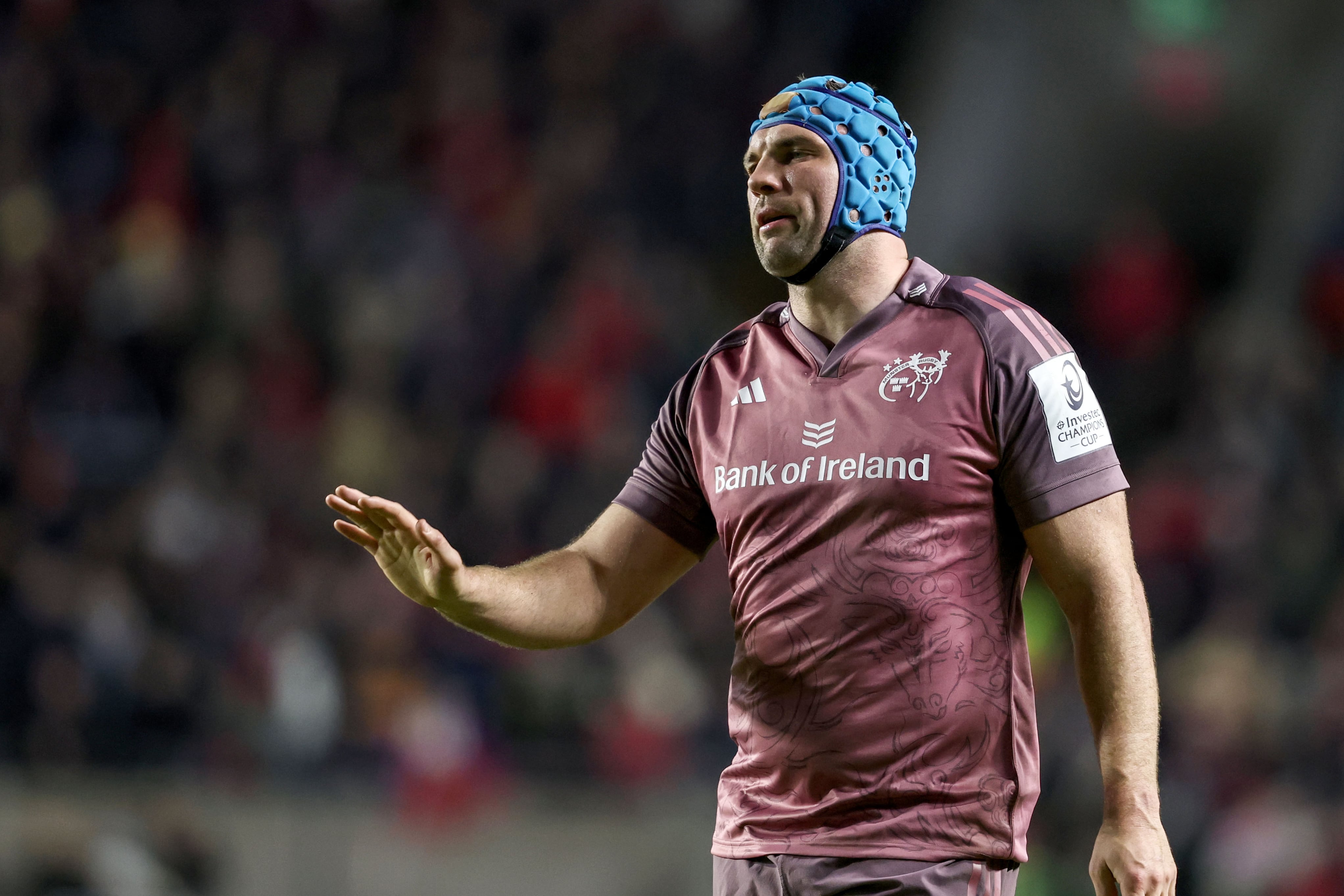We have entered that rare time of year when Super Rugby, French Top 14, URC, the English Premiership and the American Major League Rugby (MLR) are all in action. After a highly successful World Cup and Six Nations, international rugby is booming but not all club competitions are in the same good health.
The recent demise of London Irish, Wasps and the Worcester Warriors, added to the Saracens salary cap saga, has placed the governance and quality of English Premiership rugby in a highly questionable state. This has resulted in a stream of leading players heading across the channel to play in the French Top 14.
Owen Farrell’s transfer to Racing 92 is another significant blow to the Premiership. He joins a long list of foreign players who are rapidly metamorphosing the Top 14 into the world’s dominant club competition. Big money and huge match day crowds inside great stadiums, mixed with the beauty of the French lifestyle, create a heady and alluring cocktail for a rugby player.
In all rugby matters, the French climb the mountain of success by following their own unique path. A big factor in the continual rise of the Top 14 is that it has two distinctive and counterintuitive administrative pillars. Firstly, while other competitions have a salary cap that focuses on limiting clubs’ expenditure, the French do not place any limit on players’ salaries. This makes the Top 14 a market-driven and lucrative environment.
READ MORE
Uniquely, the competition’s governing body, the Ligue Nationale de Rugby (LNR,) doesn’t combat expenditure but debt. The LNR ensures, with ferocious intensity, that all French clubs carry no debt from one season to the next. Clubs can spend what they want but they must cover every penny of all outgoing payments by a set date at the end of the season. The punishment for not paying off their debt is relegation.
The LNR carries a big stick and they punish any offenders at the end of every season. This is the real genius that has the French club system flourishing. The stick of relegation constrains the urge to overspend. It doesn’t happen very often but clubs do get relegated because of their debts, and their decline only reinforces the system.
That does not mean that the Top 14 is perfect. Far from it. The schedule created for this French season appears to have been designed to maximise income with no regard for player welfare. The opening game was on August 18th, with 28 rounds being played before a final being held a full 10 months later on June 28th.
If we include Internationals, European fixtures, Top 14 and all playoff games, the possible number of matches a French national player could be involved in this season is a ridiculous 48. While no player will play every match, it remains exceptionally hard to fathom how this calendar was approved.
Under the weight of huge debts accumulated over many years, the Melbourne Rebels appear destined to fold at the end of this season. If playing in the LNR system, the Rebels would have been axed years ago
In comparison, Super Rugby is a sprint. A brief 15 rounds of high-pressure competition where three weeks of poor form can crush your playoff hopes. Super Rugby has the exact opposite problem of the Top 14. The economic viability of earning enough money to finance rugby organisations when hosting only seven or eight home games remains highly problematic.
Under the weight of huge debts accumulated over many years, the Melbourne Rebels appear destined to fold at the end of this season. If playing in the LNR system, the Rebels would have been axed years ago.
Sadly, while playing in front of poor crowds, inside a crumbling stadium, there are rumours that the Brumbies, Australia’s most successful franchise, are also in financial peril.
Economic viability is not Australian Super Rugby’s only problem. For more than a decade, Australia’s high-performance programme has been unable to produce enough quality players to maintain five competitive Super Rugby teams. Results tell us that the Australian player pathway system is also in crisis.
The two competitions that appear to have the balance of the number of matches correct are our own URC and the fledgling American MLR competition. Both have a regular season of 18 rounds followed by three playoff games. This number of matches balances the needs of clubs to have enough home games to earn sufficient income while supporting player welfare by creating an annual calendar with enough recovery time between seasons and a period for a high-quality preseason.
However, a significant negative of the MLR is that the players – and most staff – are only contracted for a part of the year and that wages are tiny in comparison to the other professional leagues. The knock-on effect is that current tier-one internationals are not being attracted to play. This is a big problem because high-quality players are greatly needed as role models and leaders for developing American players.
In a creative and positive step the MLR, World Rugby and USA Rugby have partnered to create a new club within the MLR, called Anthem RC. Based in Charlotte, the club targets home-grown American players who are qualified for the Eagles. This is a fantastic venture in elite player development for the Eagles before the United States hosts the World Cup in 2032.
Among all of this, Ireland shines as a beacon of stability. Financially conservative, with stewardship over all four provincial teams, the IRFU has invested in providing their intellectual property into schools, juniors and academies. Without spending vast amounts of money, they have created a system that produces players capable of entering the professional ranks. While the smaller nations, like Ireland, can never match the cash available in the Top 14, by developing the players within their systems, smaller rugby populations can successfully compete against the giants.
Something I have been preaching for years, into far too many sets of deaf ears inside Australian rugby. It is here where Ireland have succeeded while others have failed.


















